Stress is a quiet visitor that sneaks into our lives, often without fanfare. It builds up with each missed train, each overbooked meeting, each restless night spent rehashing the day’s worries, and even the small, unspoken pressures—like the endless ping of work emails after hours or the weight of balancing family needs with personal goals. It’s not the big crises that wear us down, but the slow, steady drip of “too much” that leaves us feeling drained, irritable, and disconnected from the world around us.
Many of us have tried the usual remedies: yoga classes that feel more like another chore, therapy sessions that help but can’t erase the daily grind, or screen breaks that end with us mindlessly scrolling again 10 minutes later. I was no different—stuck in a cycle of stress that left me dreading mornings and counting the minutes until bedtime. That is, until I stumbled upon a surprisingly simple habit that shifted everything: riding an electric bike.
I didn’t expect much at first. I thought it might save me time on my commute or help me sneak in a little exercise without the hassle of lacing up running shoes. What I didn’t realise was how deeply it would rewire my relationship with stress—improving my mood, easing my anxiety, and helping me reconnect with the world in ways I’d forgotten were possible. In this post, I’ll share how e-biking became a non-negotiable part of my mental wellness routine—and why it might just work for you, too.
Why I Turned to E-Biking for My Mental Health
I first heard about electric bikes from a colleague who’d traded his packed morning train rides for a sleek commuter e-bike. At the time, his enthusiasm struck me as overblown. “It’s just a bike with a motor,” I thought. But his offhand comment—“I actually look forward to my commute now”—stuck with me.
Back then, my life felt like a series of obligations. I was juggling tight deadlines at work, struggling with a persistent low energy that no amount of coffee could fix, and spending hours glued to my screen—first for work, then for “relaxation” that never quite stuck. I wasn’t sleeping well; my mind would race through to-do lists long after my head hit the pillow. I wasn’t moving enough, either—opting for the closest parking spot or the earliest train instead of walking. Everything, from grocery shopping to answering emails, felt like a chore. I was burned out, but I didn’t even realise it until I started to feel numb to the things that used to bring me joy.
On a whim, I decided to borrow a basic e-bike from a local shop. It was nothing fancy—no sleek design or high-tech features, just a sturdy frame and a small battery pack. But that first ride around my neighbourhood was unexpectedly transformative. I didn’t have to push hard up the gentle hill near my house, and I didn’t need to worry about arriving sweaty or out of breath. The motor gave me just enough support to glide, turning a mundane trip around the block into something almost meditative. I noticed things I’d never paid attention to before: the way sunlight filtered through the oak trees, the sound of kids laughing in a nearby park, the scent of jasmine from a neighbour’s garden. For 20 minutes, I wasn’t thinking about work or chores. I was just… *there*.
Within days, I started riding to work. The 30-minute train ride I’d grown to hate—cramped, noisy, and often delayed—was replaced by a 25-minute glide through quiet backstreets and a small park. I arrived at the office feeling alert, not drained. Within weeks, I began taking the long way home, looping through a riverside path just to extend that feeling of calm. And within a month, I realised something had shifted: I felt lighter. Less irritable when small things went wrong. More able to focus on the present instead of catastrophising the future.
That’s when I knew: this wasn’t just a commute. It was therapy on two wheels.
The Science Behind Stress and Why Movement Helps

We’ve all heard that exercise reduces stress, but let’s dig into why—because understanding the science helps explain why electric bikes, in particular, are such a powerful tool for mental wellness.
When we’re stressed, our bodies kick into “fight-or-flight” mode, releasing cortisol, the primary stress hormone. In short bursts, cortisol is helpful—it gives us energy to react to threats. But chronic stress keeps cortisol levels high, which can lead to anxiety, fatigue, poor sleep, and even mood disorders over time. To counteract this, our brains need a way to hit “reset.”
Movement is one of the most effective resets we have. When we exercise, our brains release endorphins—neurotransmitters that act as natural painkillers and mood boosters. They’re often called “feel-good” chemicals because they create a sense of euphoria, even after mild activity. At the same time, physical activity lowers cortisol levels, especially when it’s moderate and rhythmic. This is key: high-intensity workouts can sometimes spike cortisol in the short term (think: the stress of pushing through a tough HIIT class), but gentle, consistent movement tells our bodies, “We’re safe—no need to stay in survival mode.”
So why do electric bikes stand out? Because they make this kind of stress-busting movement *accessible*—even on days when you’re tired, unmotivated, or short on time. Unlike traditional biking, which can feel like a workout (especially on hills or into wind), e-bikes use pedal assist to take the edge off. You still move your body, but you don’t have to push hard—meaning you’re more likely to stick with it, day after day. The motor supports your effort, keeping your heart rate in a comfortable, moderate zone where endorphins flow and cortisol drops, all while you enjoy fresh air and sunlight.
Additional Benefits That Amplify Stress Relief:
- Sunlight exposure: Sunlight triggers the production of vitamin D, which plays a critical role in regulating mood and reducing symptoms of depression and anxiety. Even 15 minutes of sunlight a day can make a difference—and e-biking ensures you get that dose while moving your body.
- Focus on the present: Riding requires just enough attention—watching for traffic, navigating turns, adjusting your speed—to pull you out of spiralling thoughts. It’s a form of “active mindfulness,” where your brain can’t dwell on past mistakes or future worries because it’s engaged in the task at hand.
- Outdoor rhythm: The consistent motion of pedalling, paired with the slow, steady change of scenery, acts like a natural meditation. Studies show that spending time in nature lowers stress levels, and e-biking lets you combine that with movement—doubling the benefits.
- Social connection (if you want it): While solo rides are wonderful for quiet reflection, e-biking can also be a social activity. Riding with a friend or joining a local group adds laughter and connection, which are powerful stress relievers too.
When stress hits hard, it’s easy to feel frozen—stuck on the couch, replaying worries in your head. E-biking gently breaks that freeze by getting your body moving in a low-pressure way. It’s not about “exercising” or “getting in shape”—it’s about giving your brain and body the reset they need to handle life’s challenges with more ease.
How Riding an E-Bike Fits Into Everyday Life (Even When You’re Busy)

One of the biggest barriers to managing stress is time. When your schedule is packed with work, family, errands, and endless to-dos, “self-care” can feel like one more thing to add to the list—something that requires planning, energy, and often money. What I love about e-biking is that it doesn’t feel like an extra task. Instead, it *replaces* stress with calm, turning moments that would otherwise feel wasted or frustrating into opportunities to recharge.
Think about your typical day: How much time do you spend stuck in traffic, staring at a screen, or feeling anxious while waiting for public transport? E-biking transforms those moments into time that actively improves your mood and energy. It’s not about carving out “exercise time”—it’s about reimagining the time you already have.
Real-Life Use Cases (From My Routine and Others):
- Morning commute: My 30-minute train ride used to leave me frazzled—crushed between strangers, inhaling recycled air, and stressing about delays. Now, I ride 25 minutes through quiet residential streets and a small park. I listen to birds instead of announcements, feel the breeze instead of elbow jabs, and arrive at work focused instead of drained. A colleague of mine, who used to drive 45 minutes to the office, now rides 35 minutes on her e-bike. She says she saves money on gas, avoids road rage, and starts her day “smiling instead of screaming.”
- Errand runs: Grocery shopping, picking up dry cleaning, grabbing a coffee—these tasks often feel like a hassle, especially when you’re fighting for parking or waiting in lines. With my e-bike, I toss a pannier bag over the back and turn errands into a mini-adventure. Last week, I picked up my daughter from school on the e-bike; instead of a stressful drive through after-school traffic, we laughed as we coasted home, pointing out squirrels and flowers. No parking, no honking—just a 10-minute bonding session that doubled as movement.
- Post-dinner rides: After a long day, it’s easy to collapse on the couch and scroll through your phone—what I used to call “unwinding,” but really just kept my brain in “go mode.” Now, my partner and I take 15-minute rides after dinner. We chat about our days, breathe in the cool evening air, and come home ready to relax. I sleep better, too—studies show that even light activity in the evening (as long as it’s not too close to bedtime) improves sleep quality by regulating circadian rhythms.
- Weekend exploring: I used to spend weekends either catching up on chores or feeling guilty for “wasting” time. Now, my weekends include short e-bike rides to nearby parks, cafes, or even just new neighbourhoods. Last month, I discovered a hidden community garden three blocks from my house—something I’d lived near for years but never noticed. Exploring on an e-bike feels like a treat, not a chore, and it’s a great way to disconnect from screens and reconnect with your city or town.
- Midday breaks: If you work from home, a 10-minute e-bike ride during your lunch break can reset your focus. I used to spend lunch scrolling through emails; now, I ride around the block, get some sunlight, and return to my desk with clearer ideas. It’s like hitting a “refresh” button for your brain.
The best part? Thanks to pedal assist, none of these rides feel strenuous. I don’t get sweaty, I don’t feel sore, and I never need to “psych myself up” to do them. It’s a no-pressure way to move your body, clear your mind, and get things done—all at the same time.
Choosing the Right E-Bike to Support Your Wellbeing
Finding the right e-bike is key to making it a sustainable part of your stress-management routine. If your bike is uncomfortable, hard to use, or doesn’t fit your lifestyle, you won’t ride it—and that defeats the purpose. When I first started looking, I was overwhelmed by the options: mountain e-bikes, folding e-bikes, cargo e-bikes… the list goes on. But I quickly realised that for stress relief, the best e-bike is one that feels *easy*—to ride, to maintain, and to integrate into your day.
I focused on bikes designed for urban riders (not off-road adventurers) and prioritised features that would keep things simple, comfortable, and low-stress. Here’s what to look for:
What to Look For in a Low-Stress E-Bike:
| Feature | Why It Helps with Stress |
|---|---|
| Step-through frame | Makes mounting and dismounting effortless—no need to swing your leg over a high bar. This is especially helpful if you have mobility issues, wear dresses or suits, or just want to avoid feeling awkward. I often ride in work clothes, and the step-through design means I don’t have to worry about wrinkling my pants or struggling to get on/off. |
| Upright seating | Keeps your back straight and your head up, reducing neck and shoulder strain. Traditional bikes with hunched-over positions can leave you sore after even short rides, turning a relaxing activity into a painful one. Upright seating lets you enjoy the scenery without discomfort, making longer rides feel easy. |
| Reliable range | Look for a battery that lasts 40–60 km on a single charge (for daily use). Nothing adds stress like worrying about running out of battery mid-ride. A reliable range means you can ride freely, without checking the battery level every five minutes. My e-bike gets about 50 km per charge, which easily covers my daily rides and then some. |
| Removable battery | Lets you charge the battery indoors, without needing to park your bike near an outlet. I live in an apartment, so being able to carry the battery up to my kitchen counter (it’s about the size of a small backpack) means I never have to stress about finding a charging spot. No more dragging extension cords outside or worrying about theft. |
| Low maintenance parts | Hub motors (instead of chain-driven motors) and integrated lights reduce the need for frequent repairs. The last thing you want is to stress about fixing a broken chain or replacing bulbs. My e-bike has a hub motor, which means fewer moving parts to maintain, and built-in LED lights that turn on automatically at dusk—one less thing to remember. |
| Lightweight build | A bike that’s too heavy can feel cumbersome, especially if you need to carry it up stairs or load it into a car. Most urban e-bikes weigh 20–25 kg; mine is 22 kg, which is light enough for me to lift onto a bike rack or carry up a few steps if needed. |
One model that checks all these boxes (and has become my go-to) is the DYU Stroll 1 700C City Electric Bike. It’s designed specifically for urban riders, with a step-through frame that makes it easy to use in any outfit, an upright seating position that keeps me comfortable for hours, and a 36V 10Ah removable battery that charges quickly and lasts for my daily rides. The 250W rear hub motor is quiet and smooth—no jarring bursts of speed, just gentle assistance that makes hills feel like flat ground. It also comes with practical extras: padded grips, fenders to keep mud off my clothes, and a rear rack for carrying bags or a small cooler.
What I love most about the DYU Stroll 1 is that it’s *uncomplicated*. There are no confusing settings or high-tech features I’ll never use—just a simple display that shows battery life and assist level, and intuitive controls. It’s perfect for beginners or anyone who wants to focus on riding, not figuring out their bike.
If you’re looking to compare options, E-Bikes Direct is great for budget-friendly commuter models, and Fully Charged offers in-depth reviews of premium options, with test rides available across the UK. And if you want to see the DYU Stroll 1 in action, check out this video:
[button size=”medium” style=”primary” text=”BUY DYU Stroll 1″ link=”https://voltbike.co.uk/product/dyu-stroll-1-700c-city-electric-bike/” target=””]
Final Thoughts: E-Biking Isn’t a Cure, But It’s a Game-Changer
I want to be clear: riding an electric bike isn’t going to solve all your problems. It won’t make your boss stop sending late-night emails, your kids stop arguing, or your bills disappear. Stress is a natural part of life, and there will always be challenges to face. But what e-biking *does* do is give you the space to handle those challenges with more grace.
It creates breathing room between tasks. Instead of rushing from one obligation to the next, you have time to notice the world around you—to feel the sun, hear the wind, and just *be* for a few minutes. It reduces reactivity: when you’re less stressed, you’re less likely to snap at your partner or panic over a small mistake. And it rebuilds your connection to movement: instead of seeing exercise as a chore, you start to crave it because it feels good.
For me, e-biking has been a reminder that stress management doesn’t have to be complicated. It doesn’t require expensive classes, fancy equipment, or hours of free time. Sometimes, it’s as simple as getting outside, moving your body, and letting yourself glide—literally and figuratively.
I used to think of “balance” as something to achieve—like a perfect schedule where work, family, and self-care all fit neatly. Now, I realise balance is more about *presence*: being fully engaged in whatever you’re doing, without the weight of the past or future pulling you away. E-biking helps me find that presence, one ride at a time.
If you’re feeling stuck—whether in stress, in a routine, or in your own head—I can’t recommend trying an e-bike enough. It might seem like a small change, but small changes have a way of rippling outward, touching every part of your life.
Ready to Ride? Here’s How to Start
- Test ride locally: Visit a bike shop that specializes in e-bikes and ask to test ride a few models. Halfords has locations across the UK with a range of entry-level to mid-range options, and their staff can help you find a bike that fits your height and riding style. Pay attention to how it feels: Is the seat comfortable? Do the assist levels feel natural? Can you easily reach the brakes?
- Rent for a weekend: Many cities (like London, Manchester, and Edinburgh) offer e-bike rentals through apps like Santander Cycles or local bike shops. Renting for a weekend lets you try e-biking in different scenarios—commuting, errands, exploring—to see how it fits your routine. I rented one for three days before deciding to buy, and it helped me confirm that I’d actually use it regularly.
- Read reviews and compare specs: Websites like E-Bikes Direct and Fully Charged have detailed reviews from real users, which can help you narrow down your options. Focus on reviews from people with similar needs (e.g., “urban commuter” or “casual rider”) to get the most relevant info.
- Start small: If you do buy, don’t pressure yourself to ride long distances right away. Start with 10-minute rides around your neighbourhood, then gradually add longer trips. The goal is to enjoy it, not to “train” for anything.
Remember: The best e-bike for stress relief is the one you’ll actually ride. It doesn’t need to be the fastest, the fanciest, or the most expensive. It just needs to make you smile when you hop on—and feel a little lighter when you hop off.
FAQ
Can riding an e-bike really reduce stress?
Yes—and science backs it up. E-biking combines gentle exercise (which boosts endorphins and lowers cortisol), outdoor exposure (which increases vitamin D and reduces anxiety), and rhythmic movement (which calms the nervous system). Many users, including myself, report feeling less stressed, more focused, and happier after regular rides.
Do I need to be fit to ride an e-bike?
Not at all. The pedal assist does most of the work, so you can ride even if you’re out of shape, recovering from an injury, or dealing with joint pain. You control how much effort you put in—you can let the motor do almost all the work on tough days, or pedal more when you feel energetic. It’s accessible to almost everyone.
How can I fit e-biking into a busy schedule?
By integrating it into tasks you already do: commute to work, run errands, or take a short ride after dinner. Even 10–15 minutes a day can make a difference. Think of it as replacing stressful activities (like sitting in traffic) with something that helps you recharge.
What kind of e-bike is best for reducing stress?
Look for a lightweight, urban e-bike with a step-through frame, upright seating, and a removable battery. These features make riding comfortable and convenient, reducing the “hassle factor” that might keep you from using it. The DYU Stroll 1 700C is a great example, as it’s designed for ease of use and daily comfort.
Are e-bikes expensive?
They can be, but there are options for every budget. Entry-level models start around £800, while premium ones can cost £3,000 or more. Keep in mind that e-bikes can save you money in the long run: you’ll spend less on public transport, gas, or gym memberships. Many shops also offer financing options to spread out the cost.
How safe are e-bikes in the city?
E-bikes are as safe as traditional bikes when ridden responsibly. Stick to bike lanes when possible, wear a helmet, use lights (especially at night), and follow traffic rules. Many urban e-bikes come with safety features like bright LED lights and responsive brakes, which help you stay visible and in control.

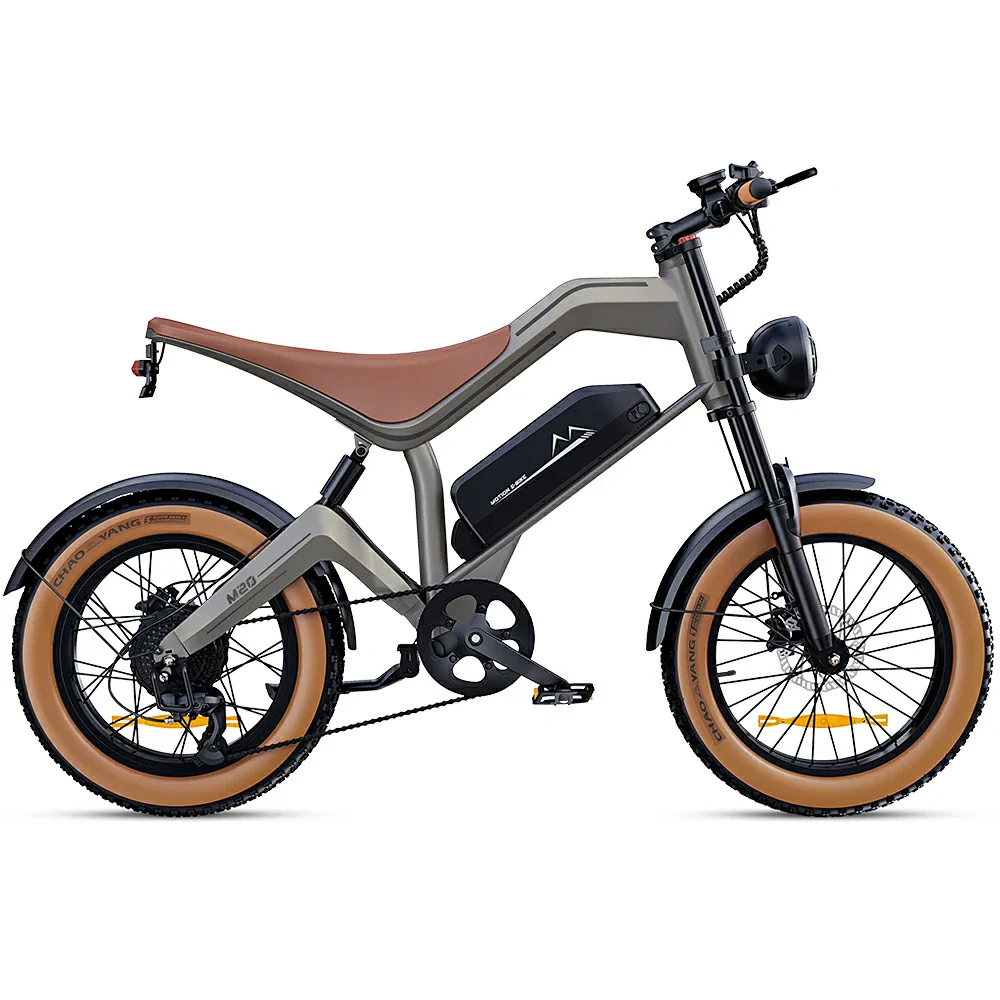
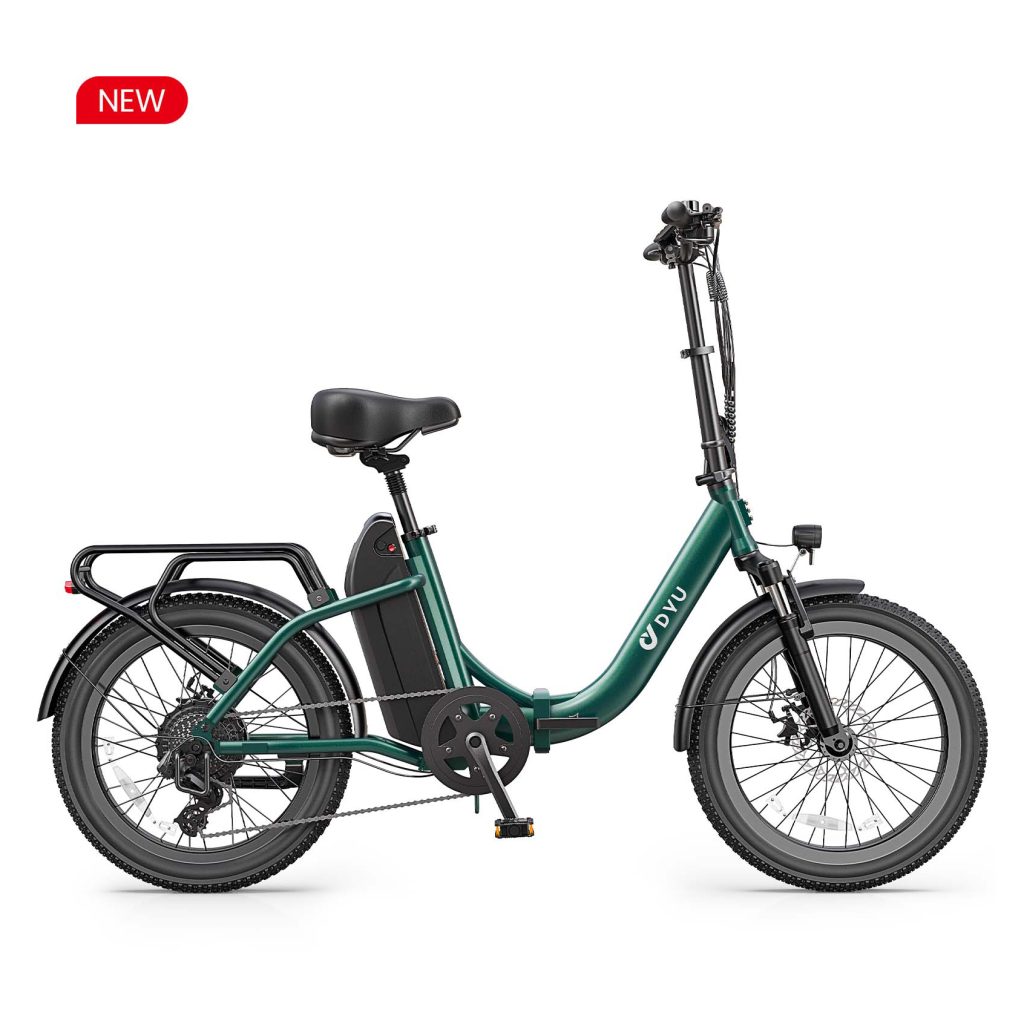
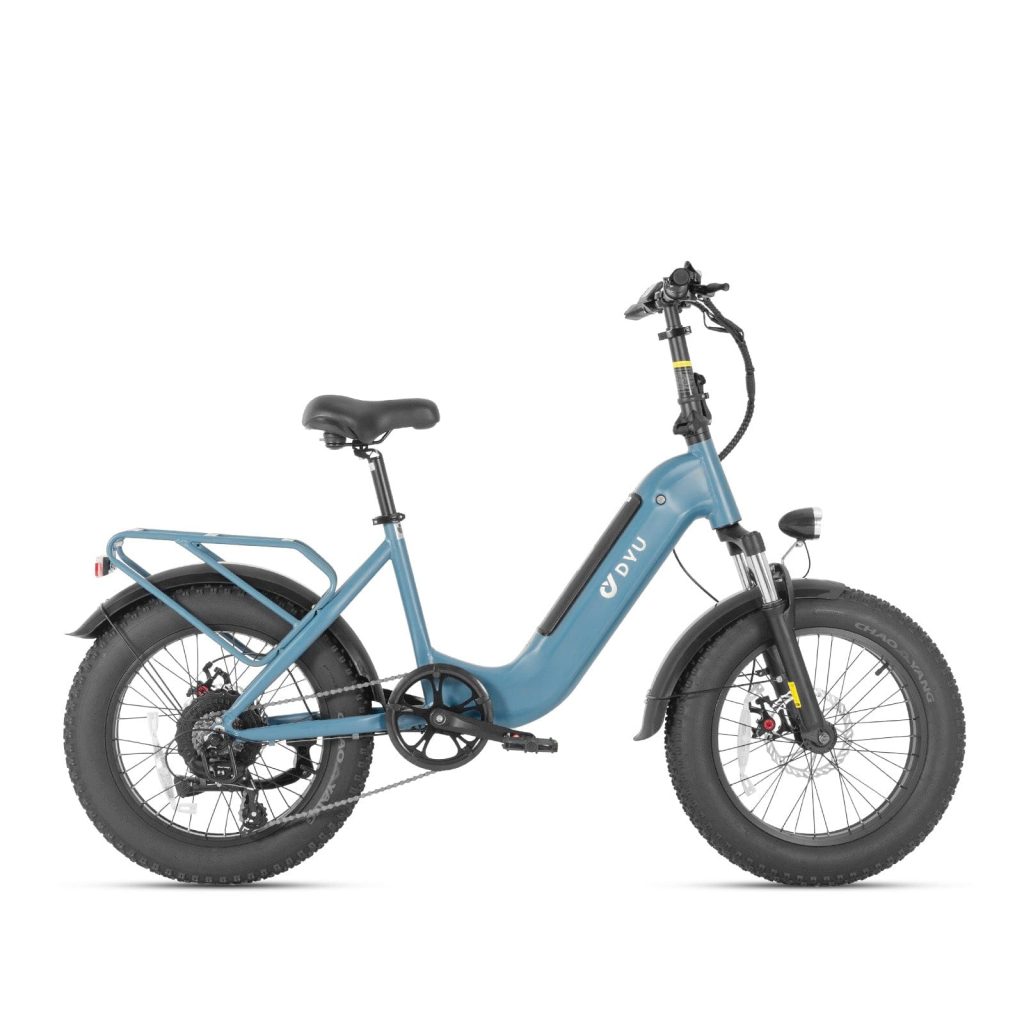
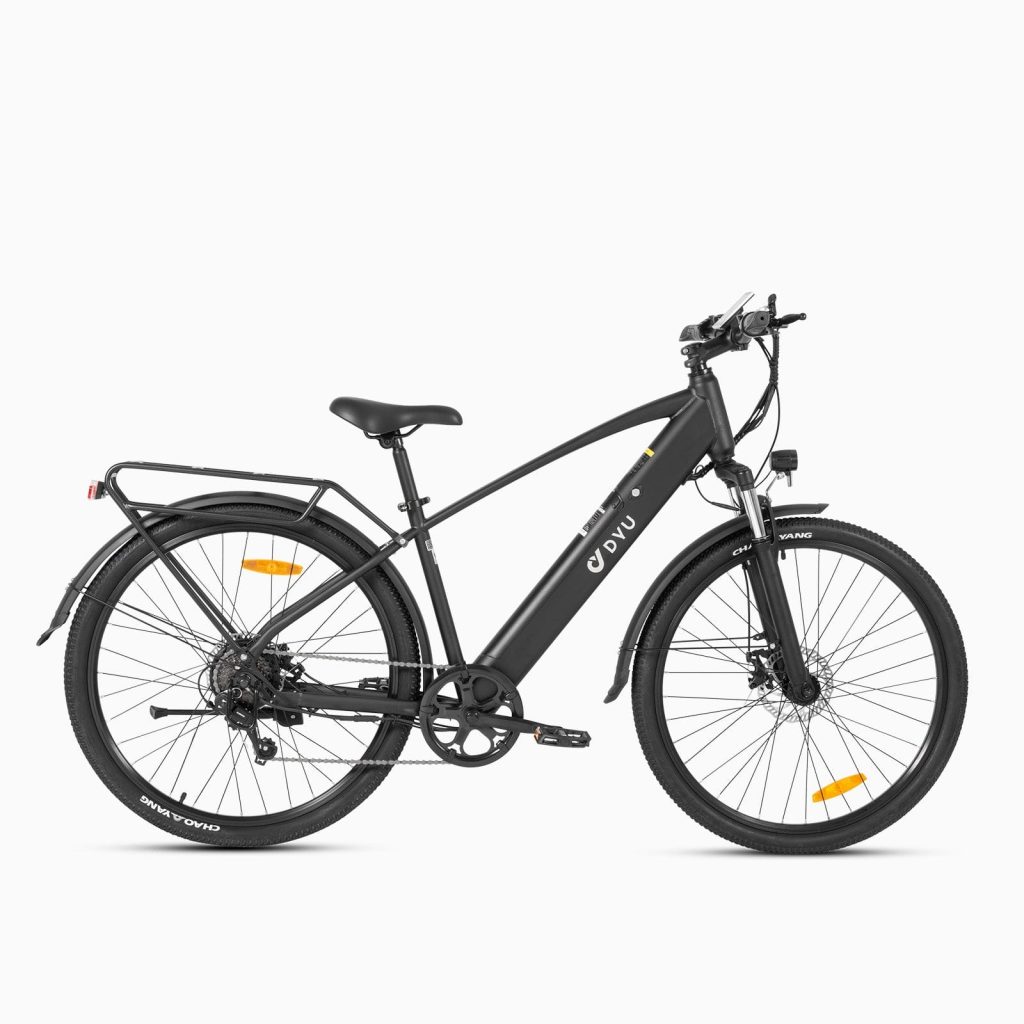
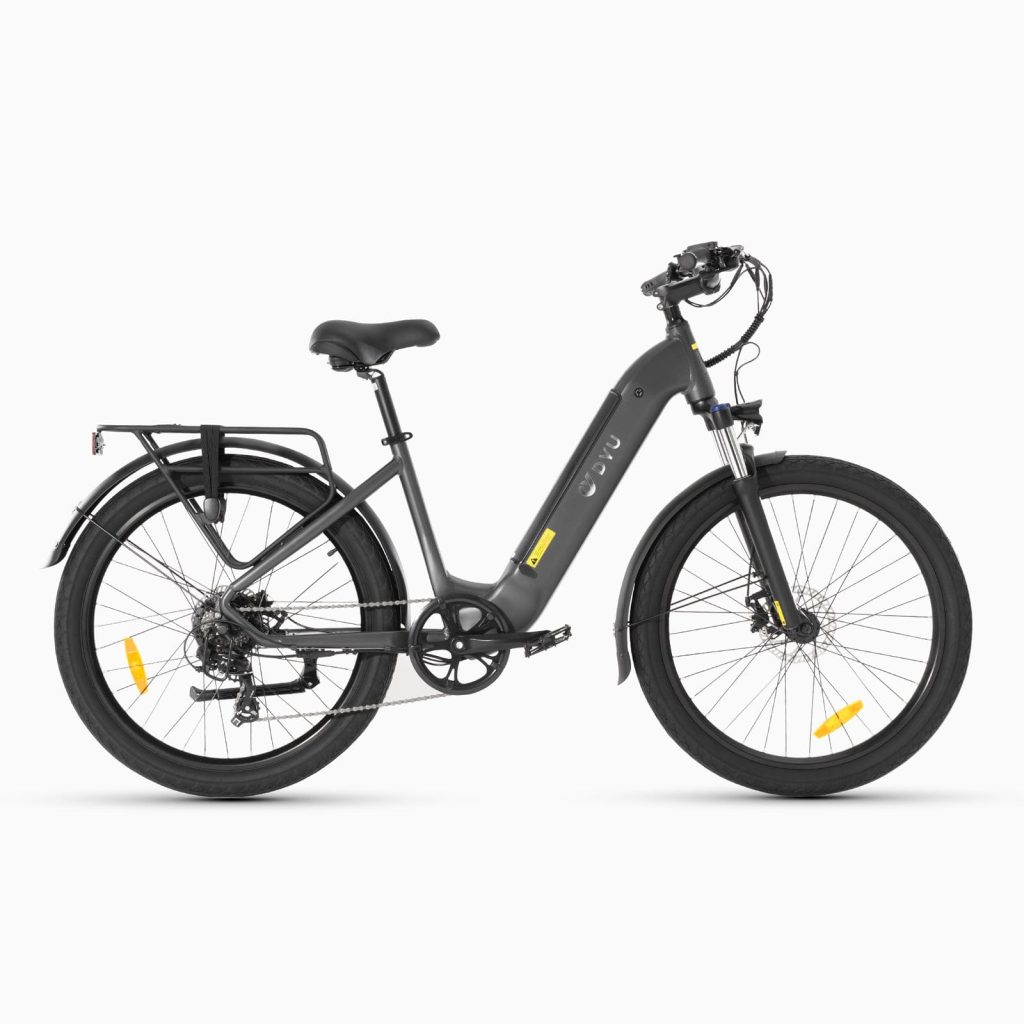
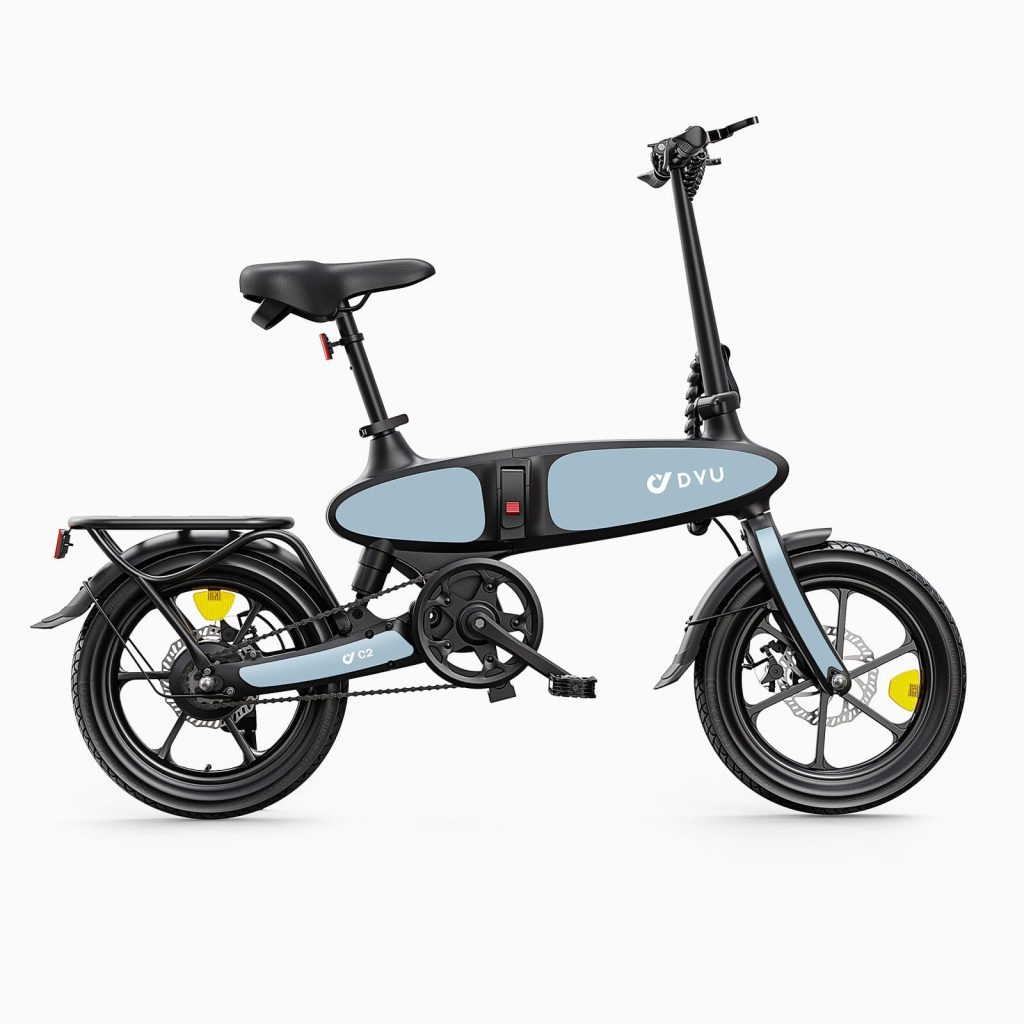
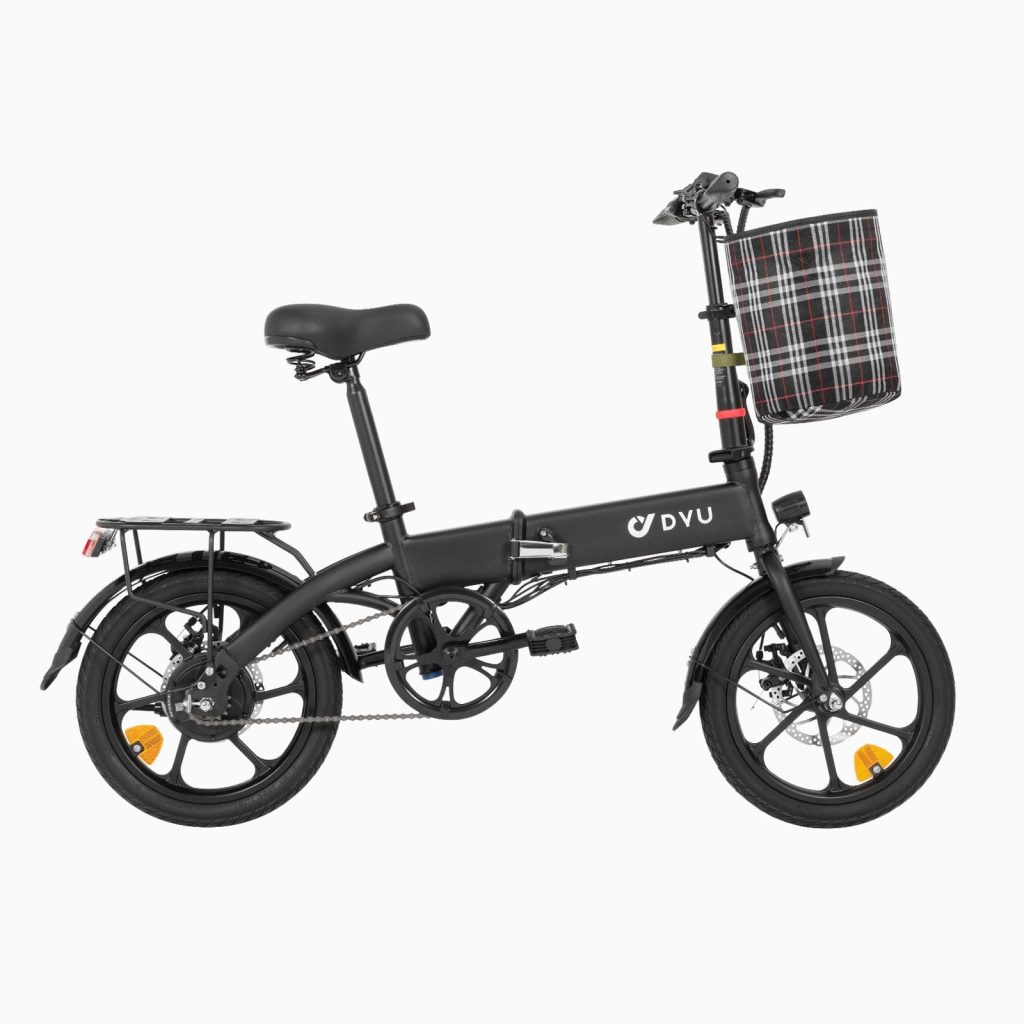
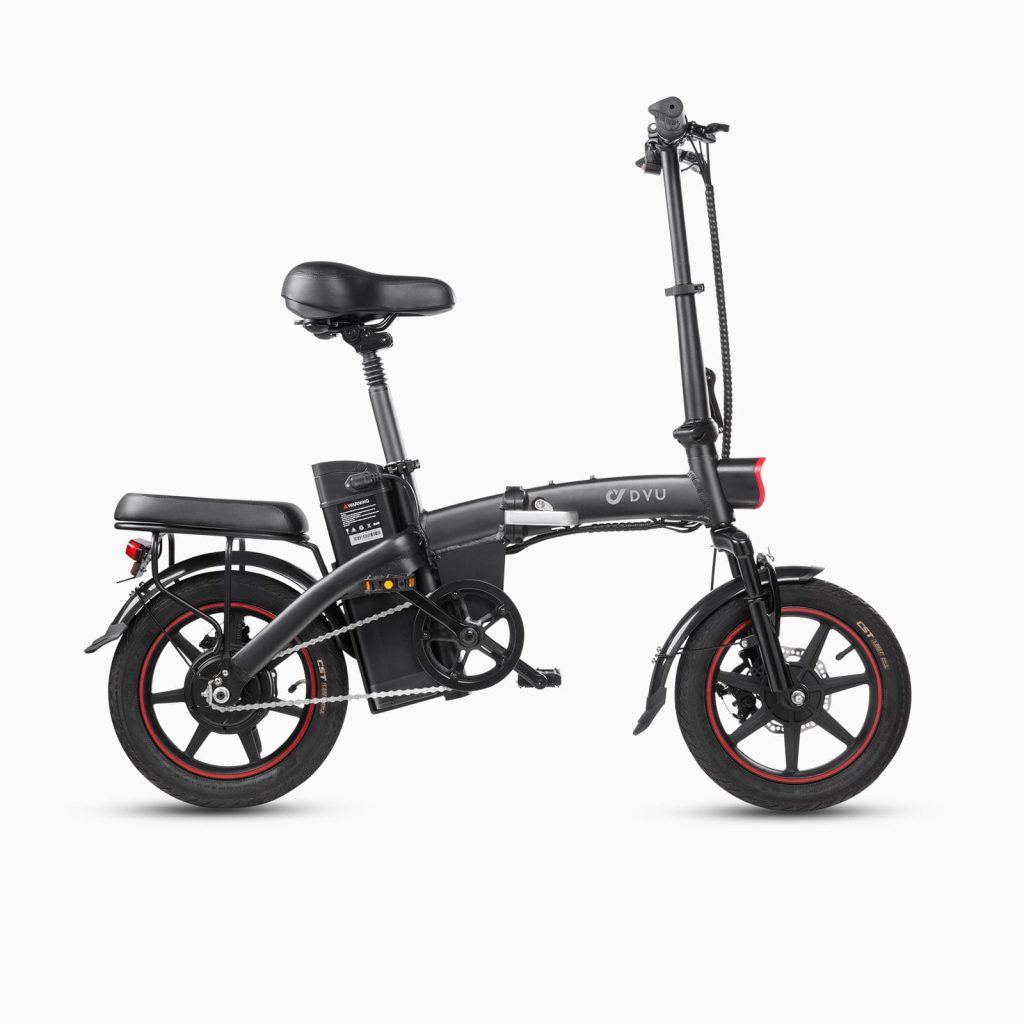

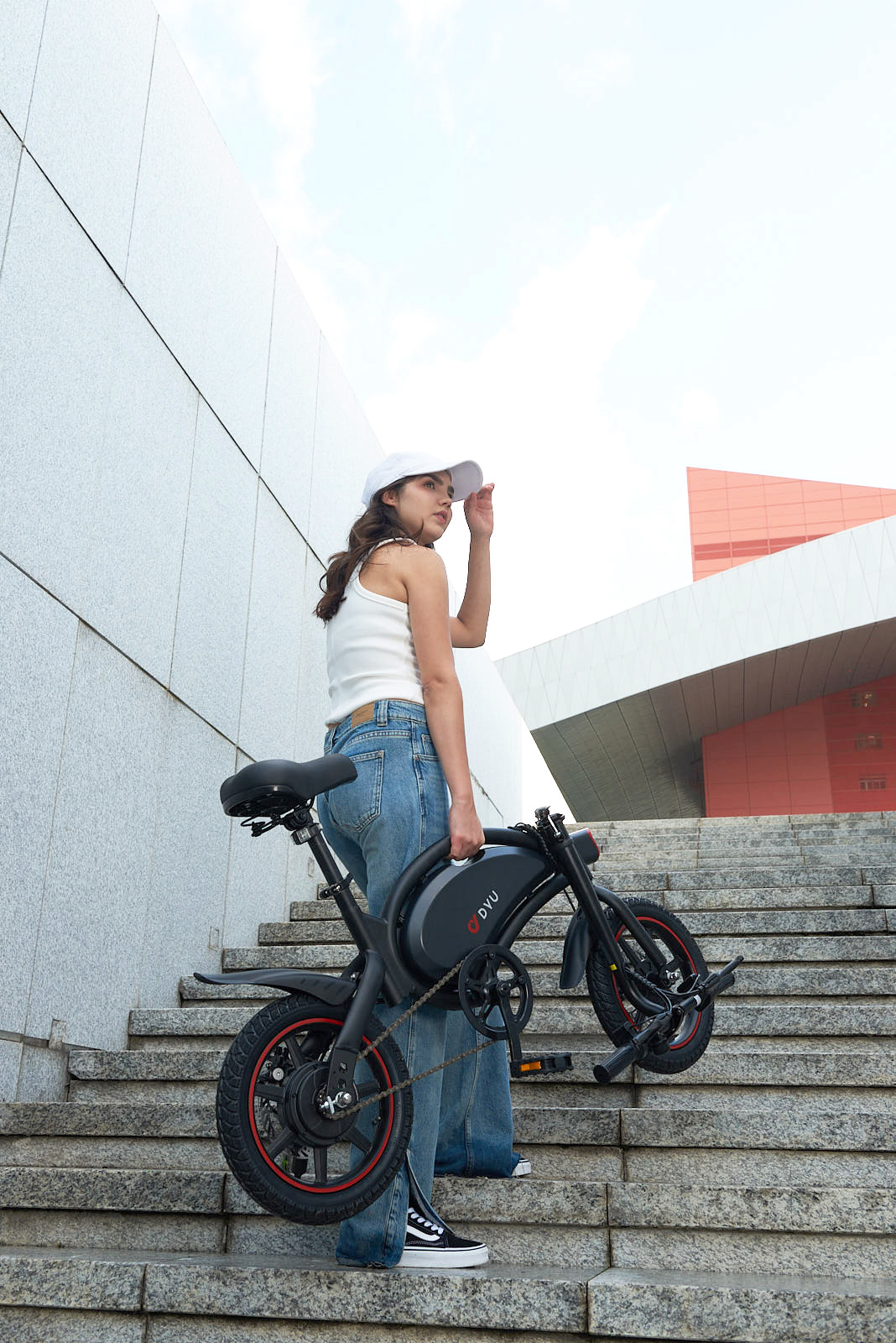
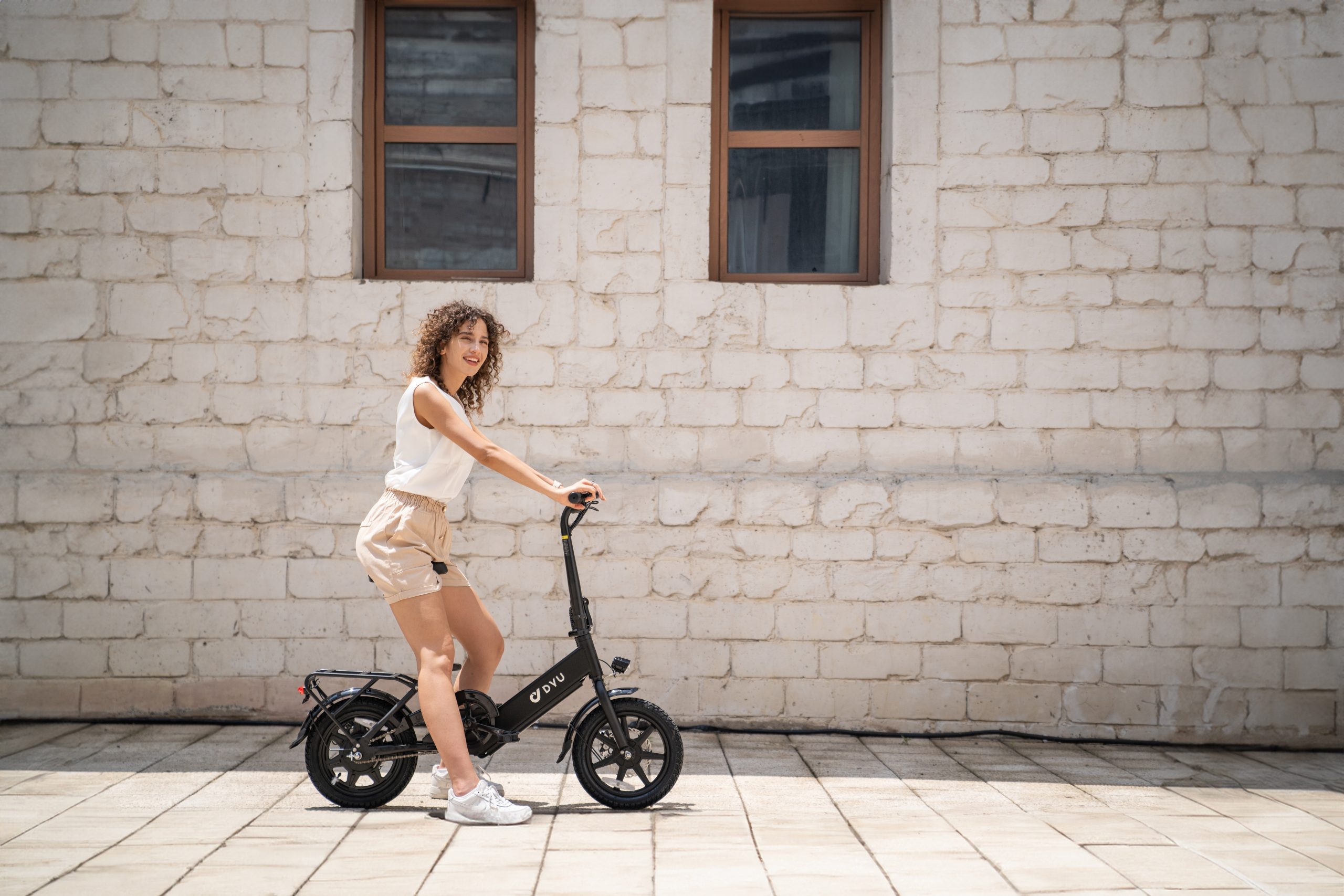
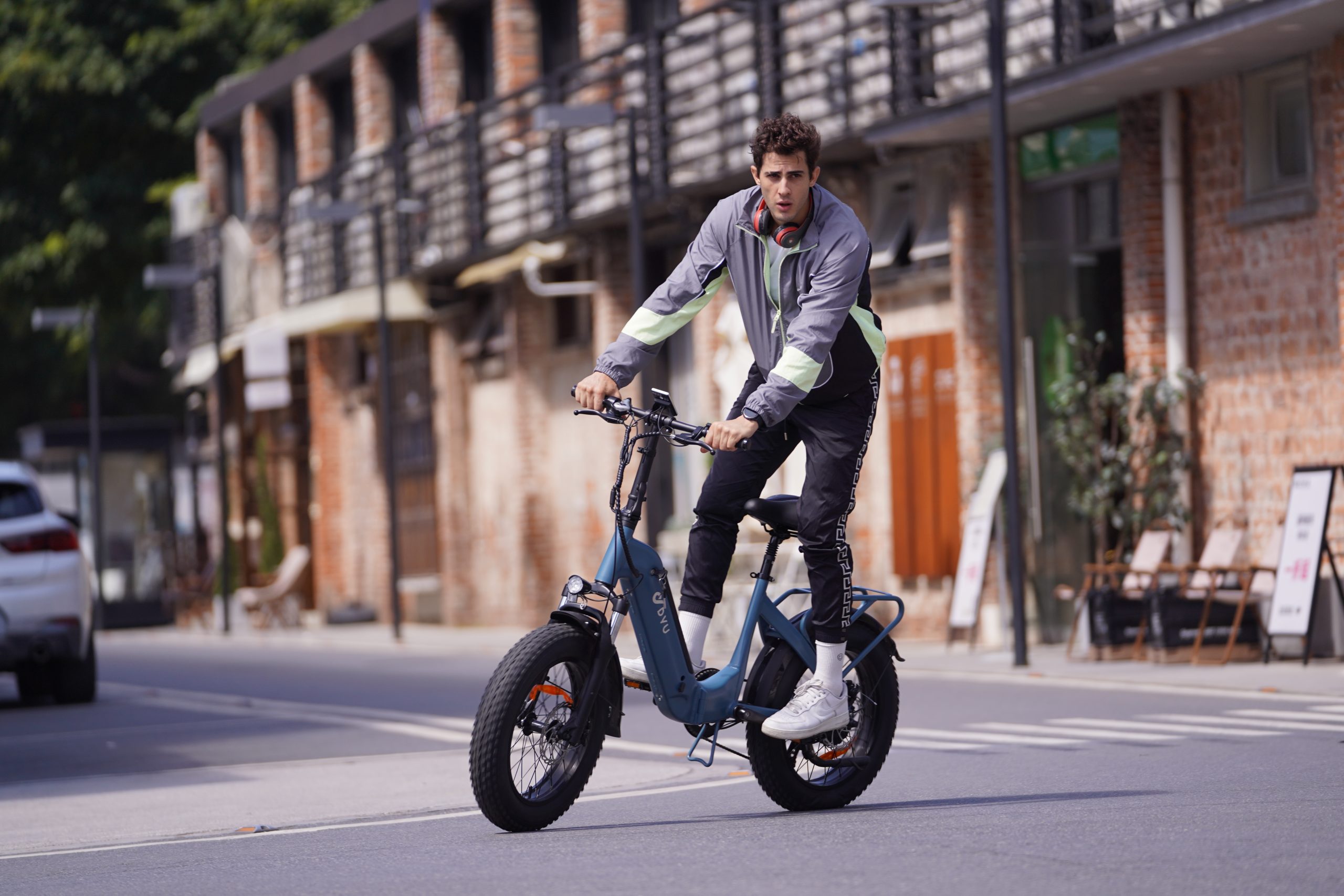

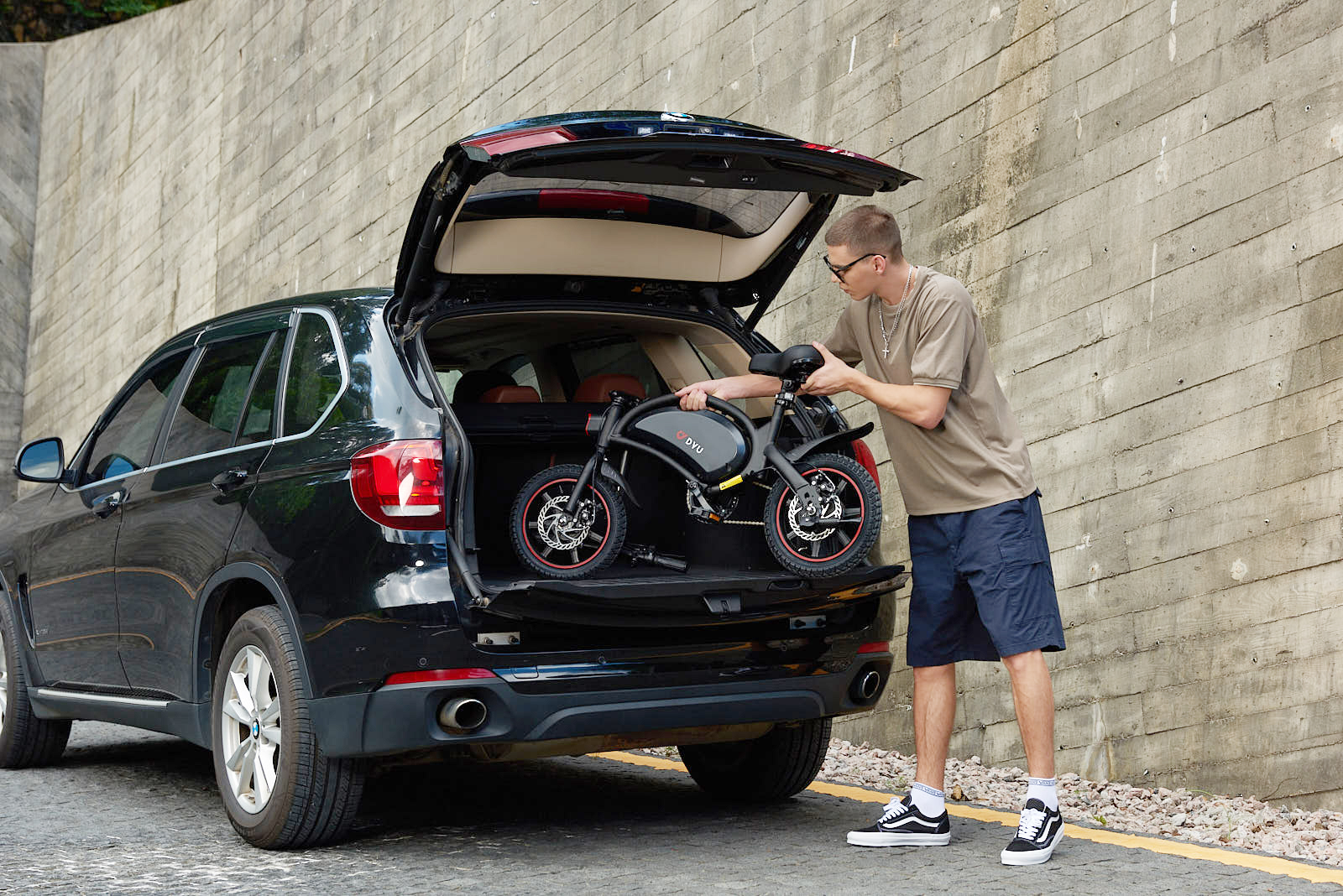
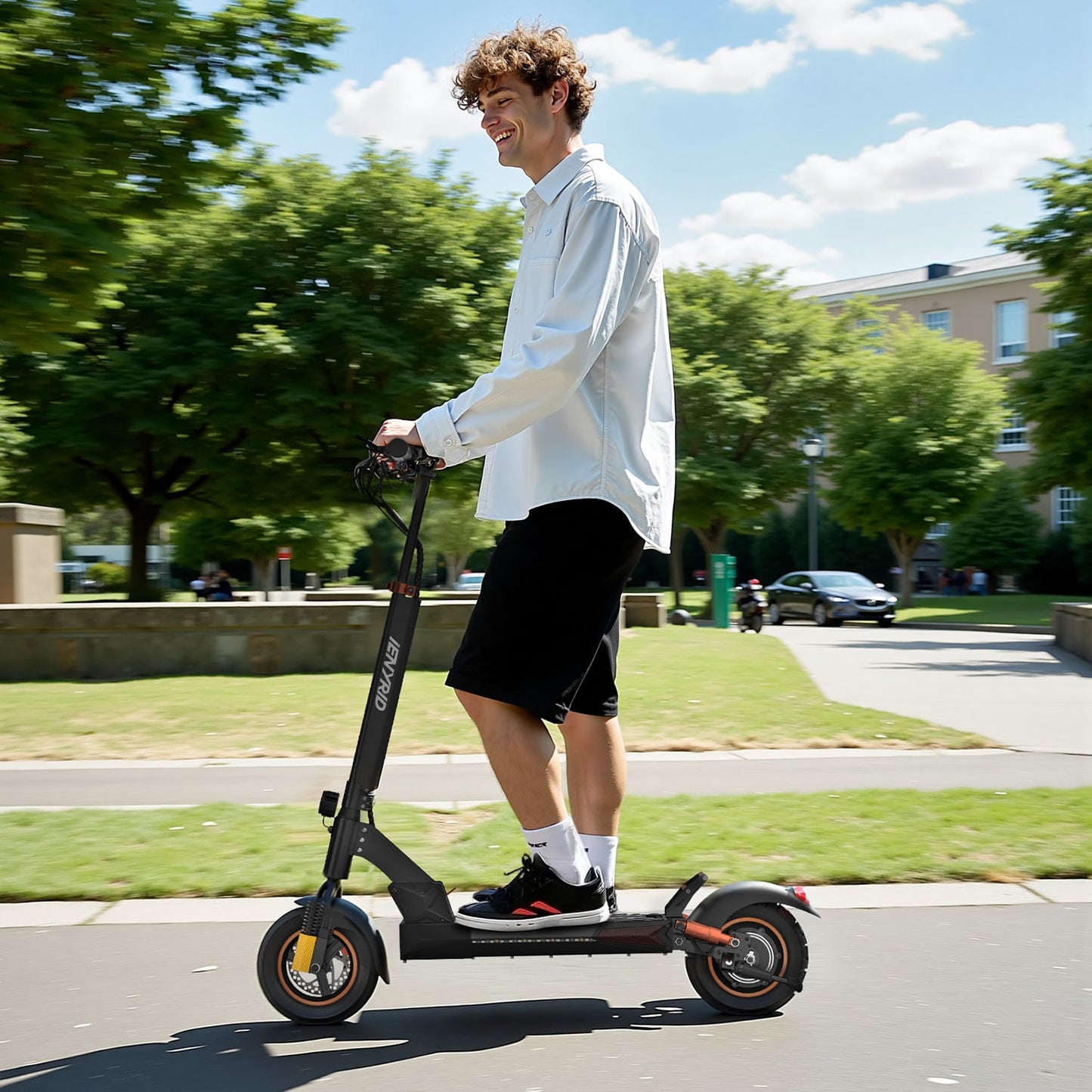
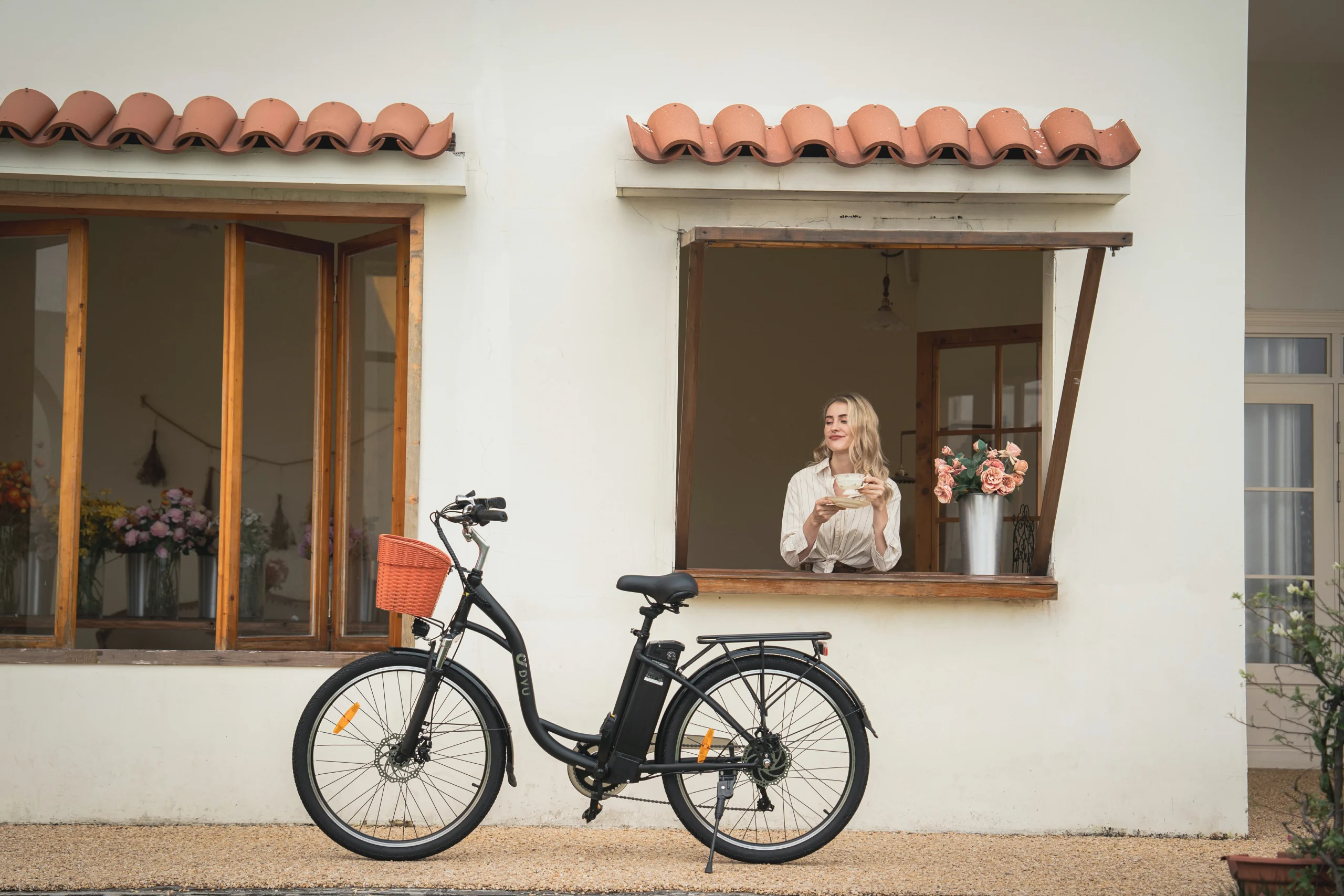
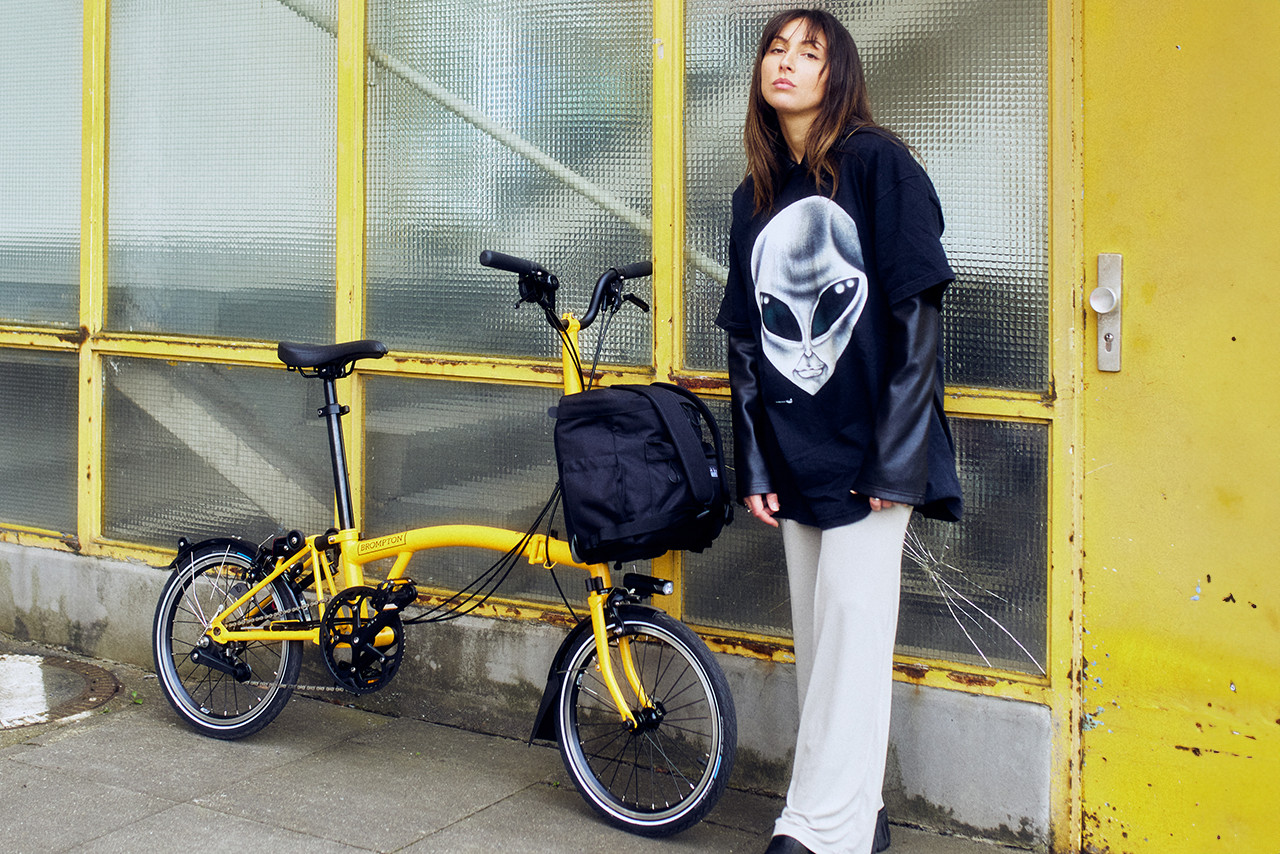
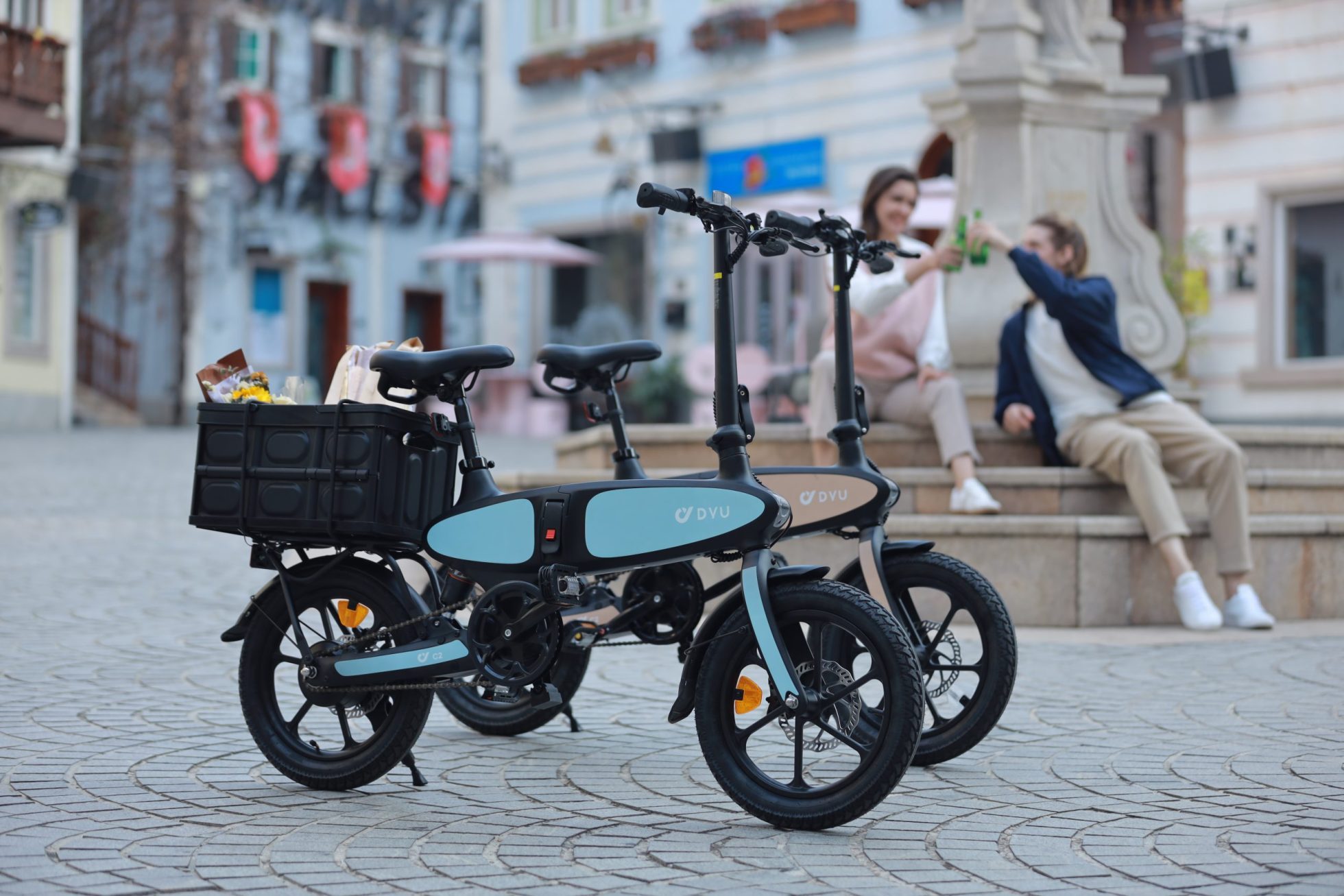
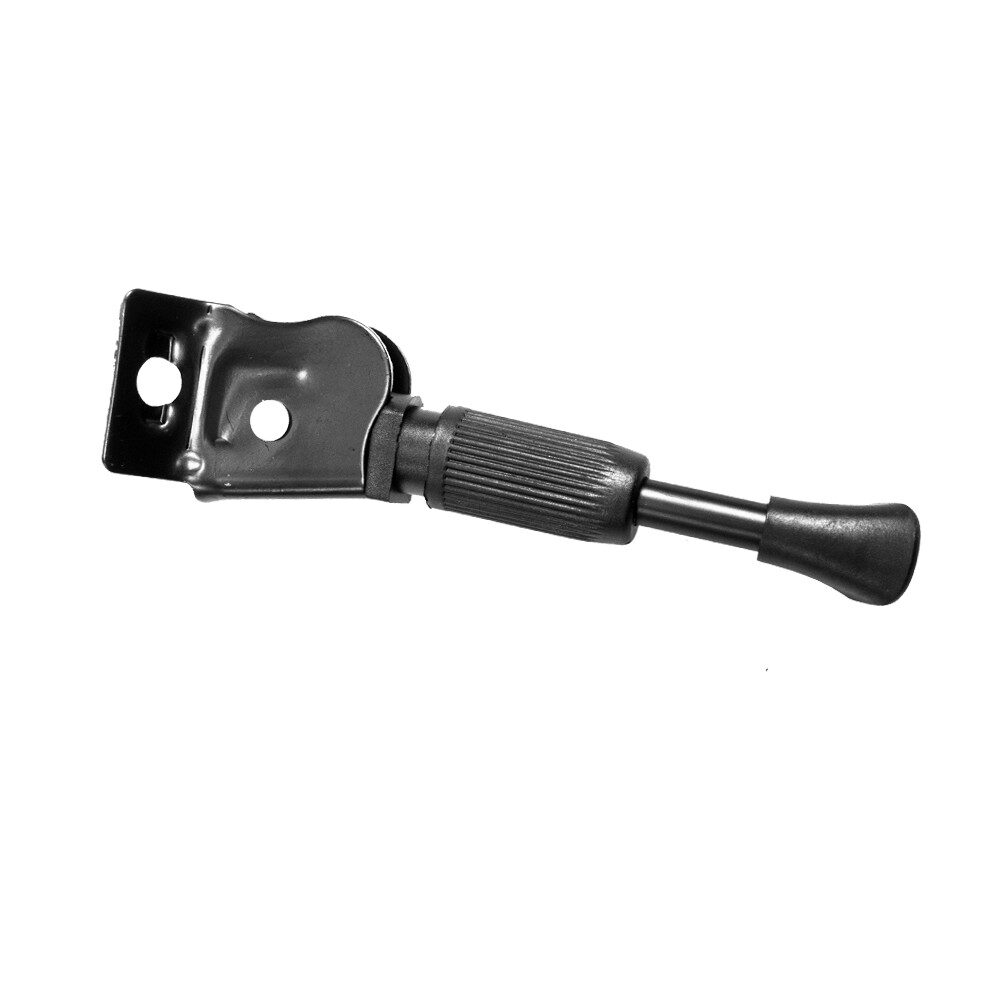
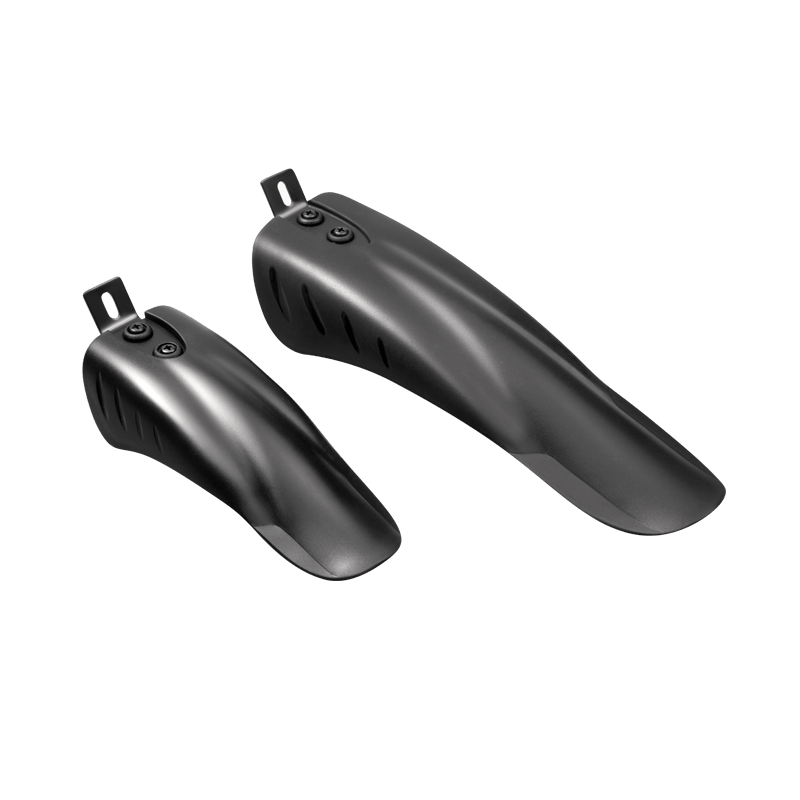
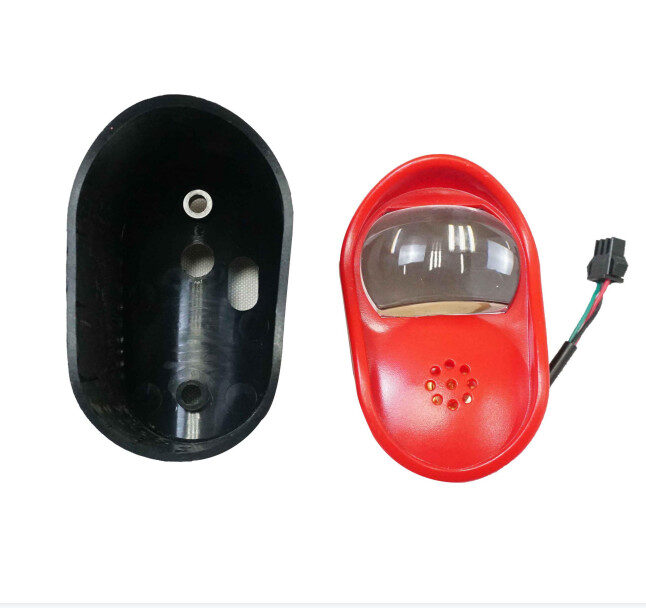
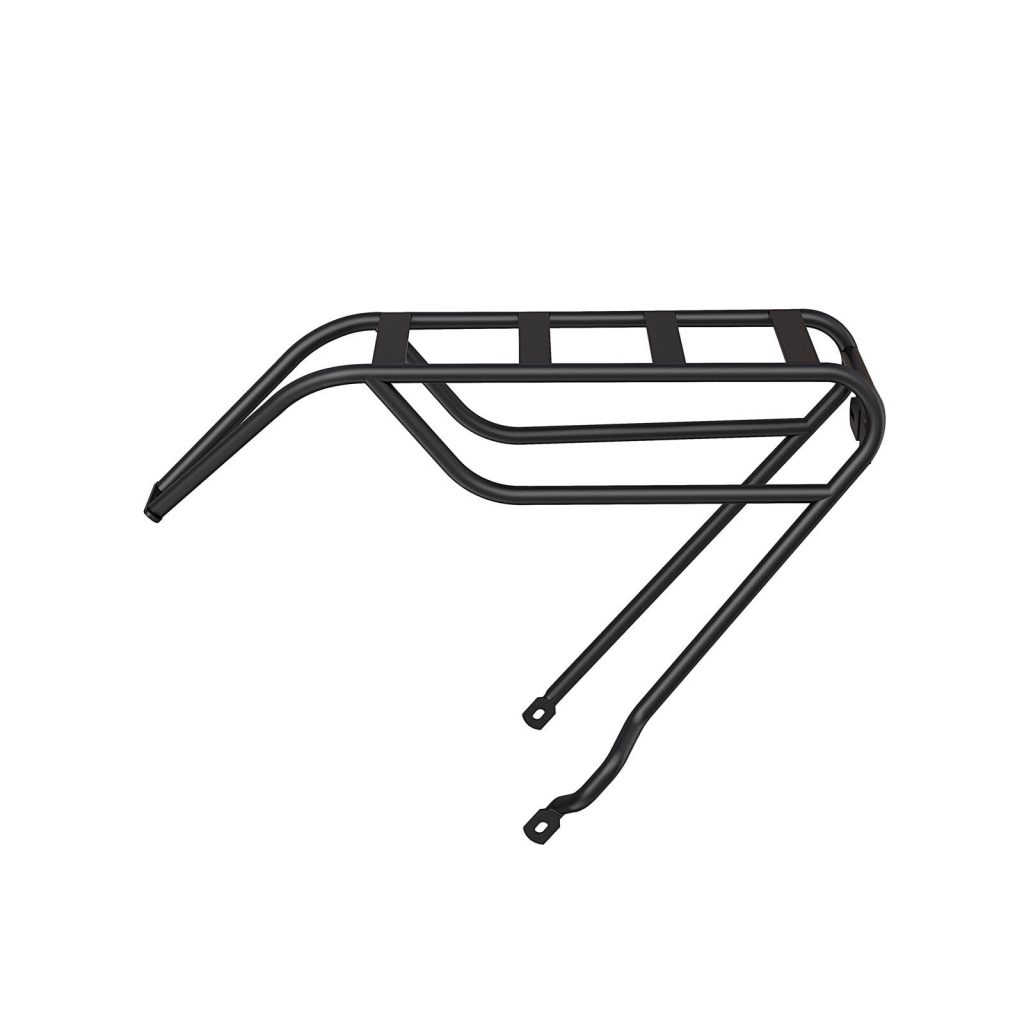
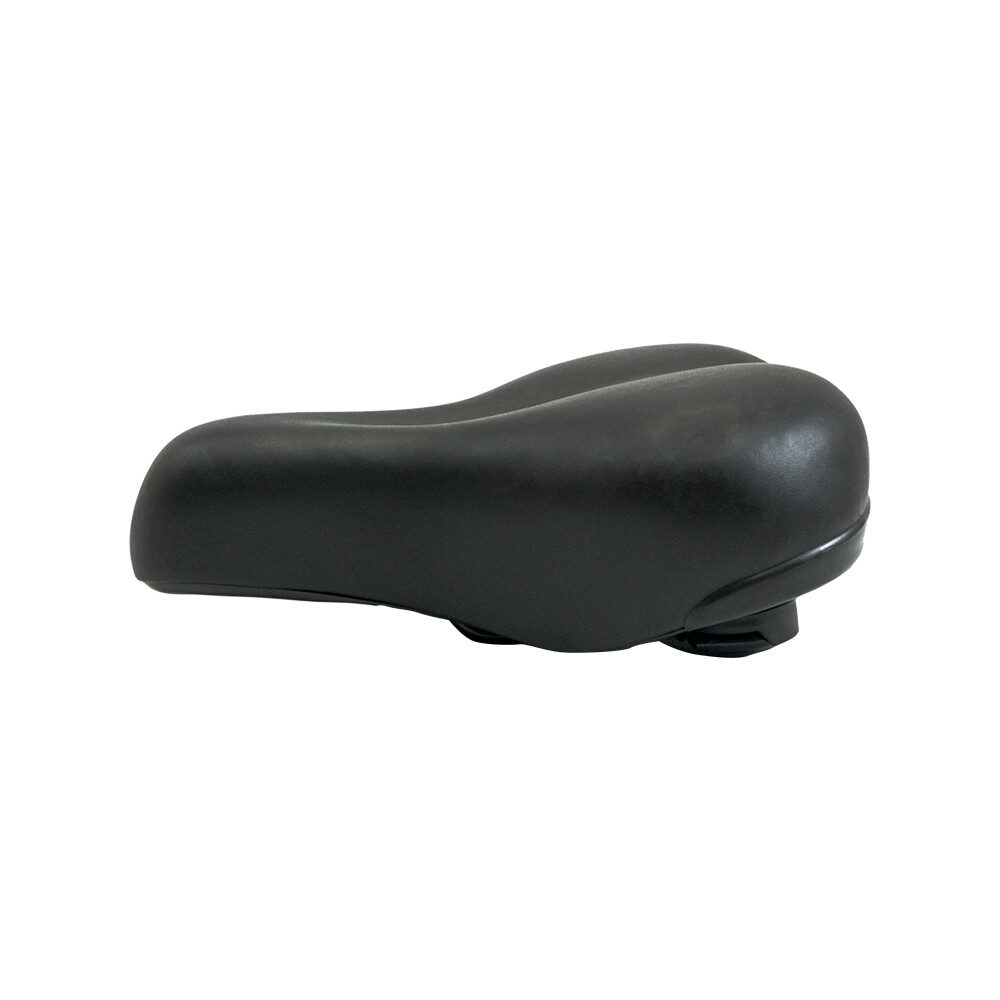
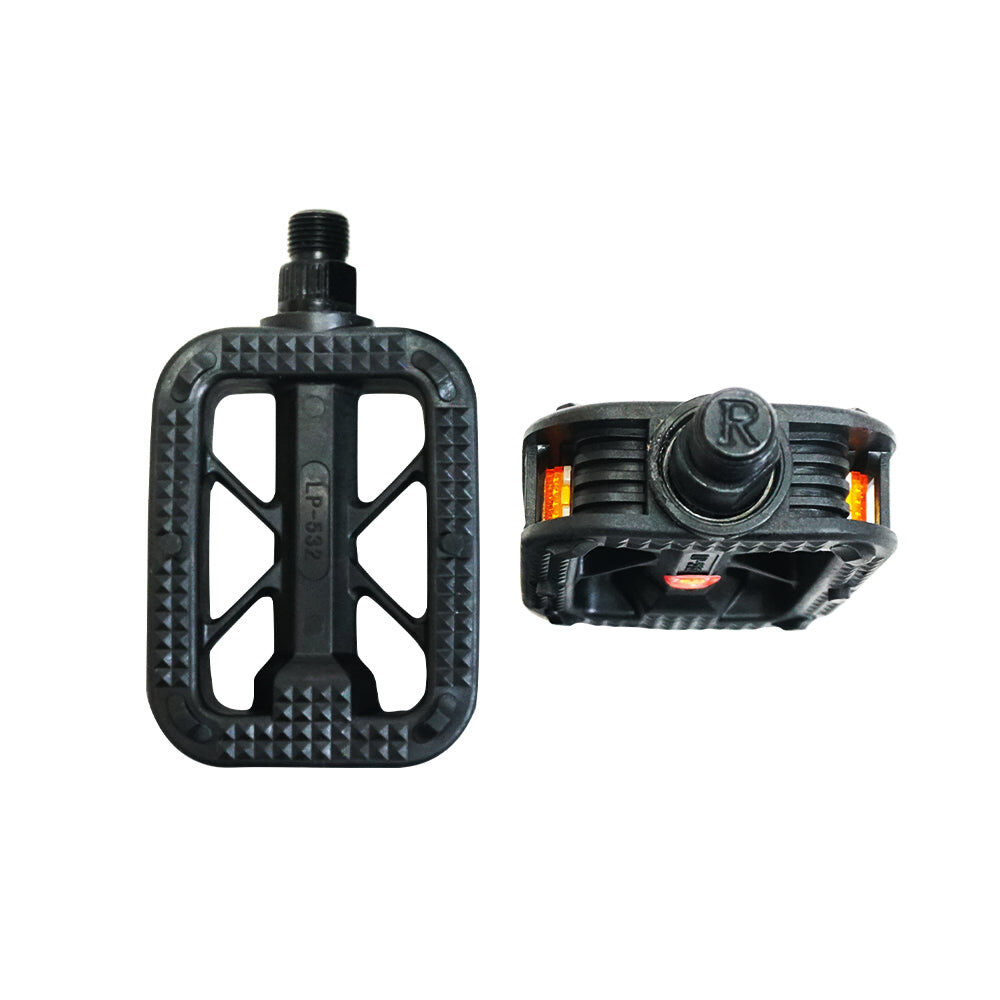
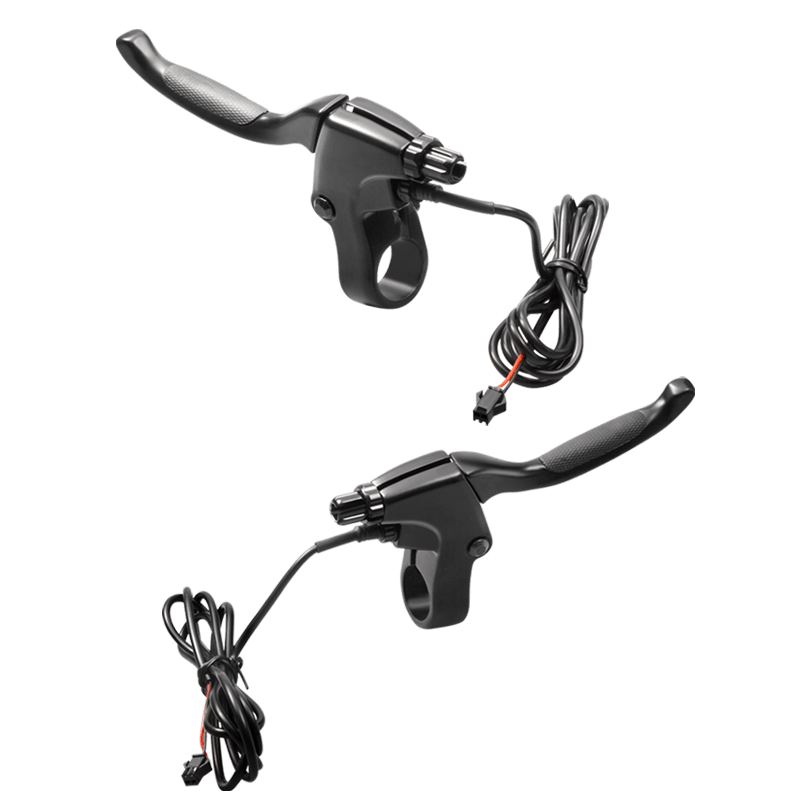
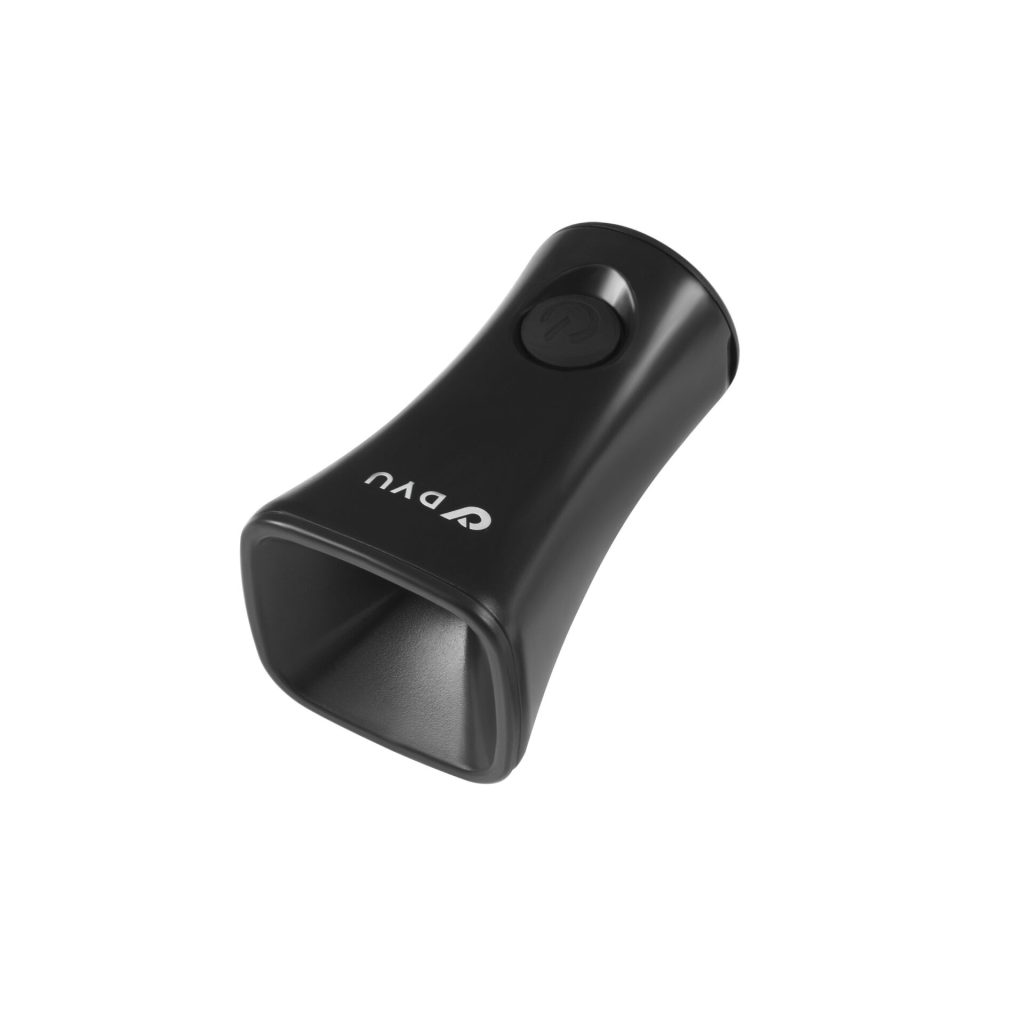

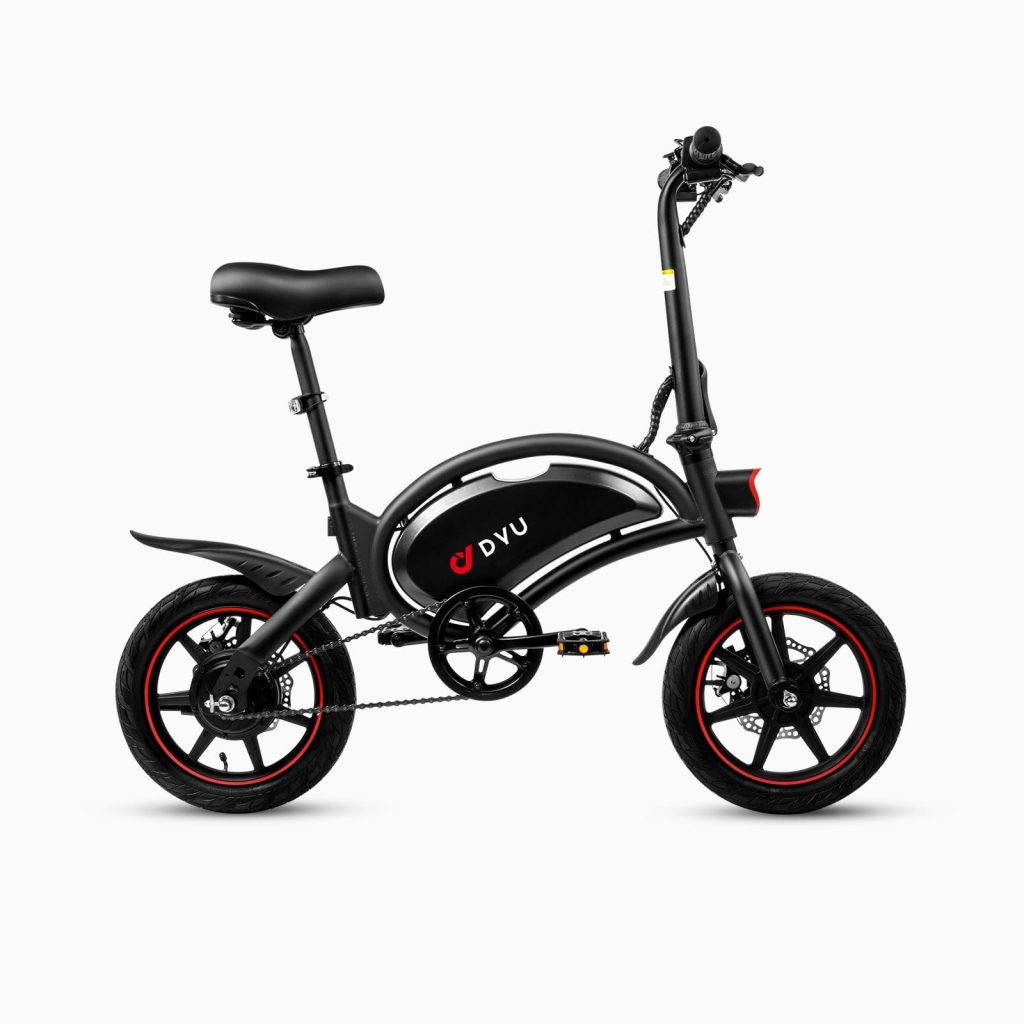
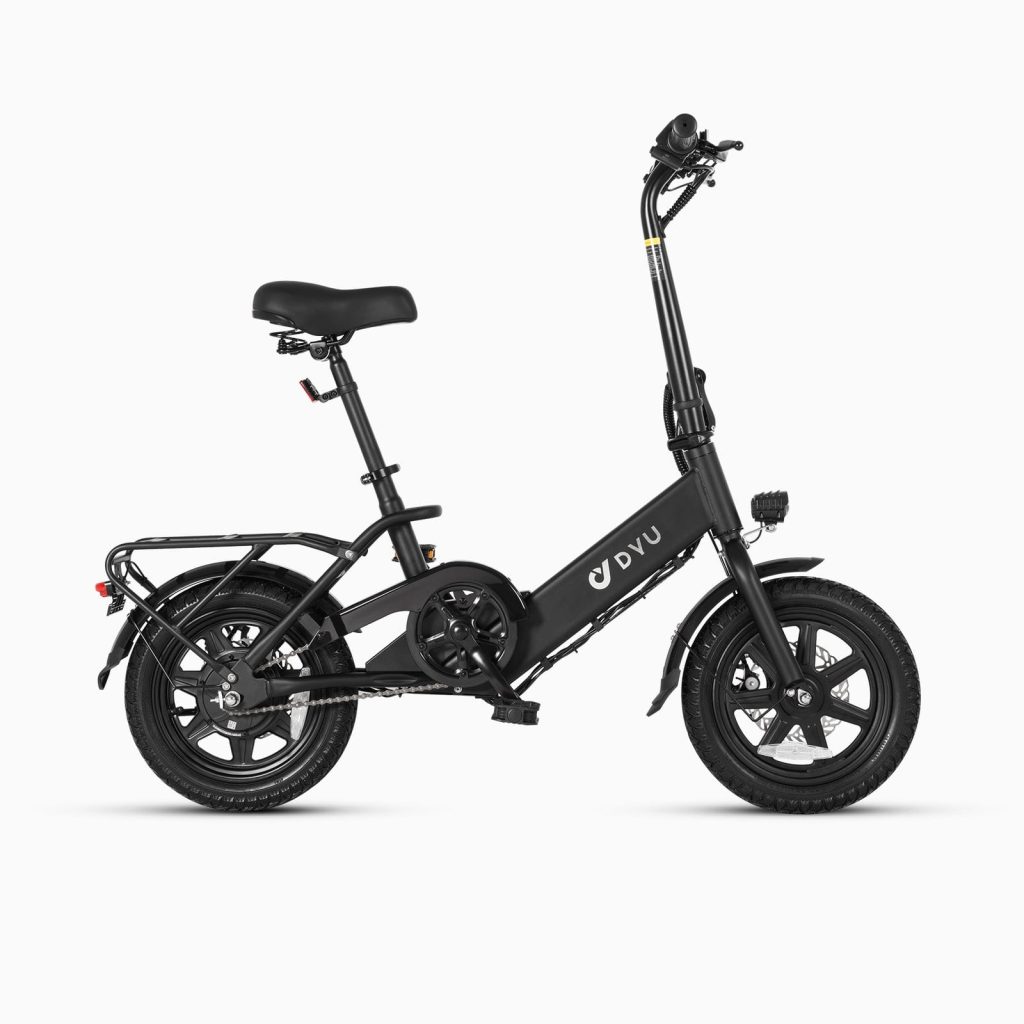
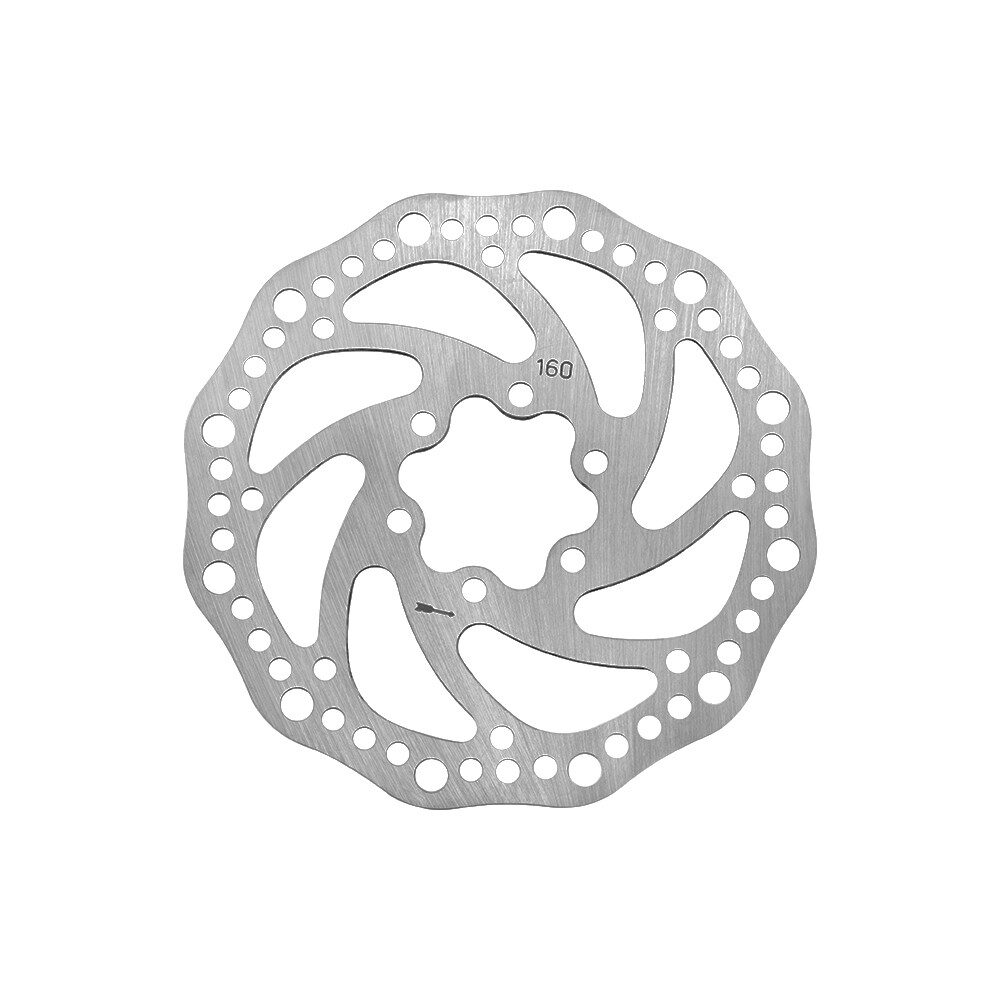
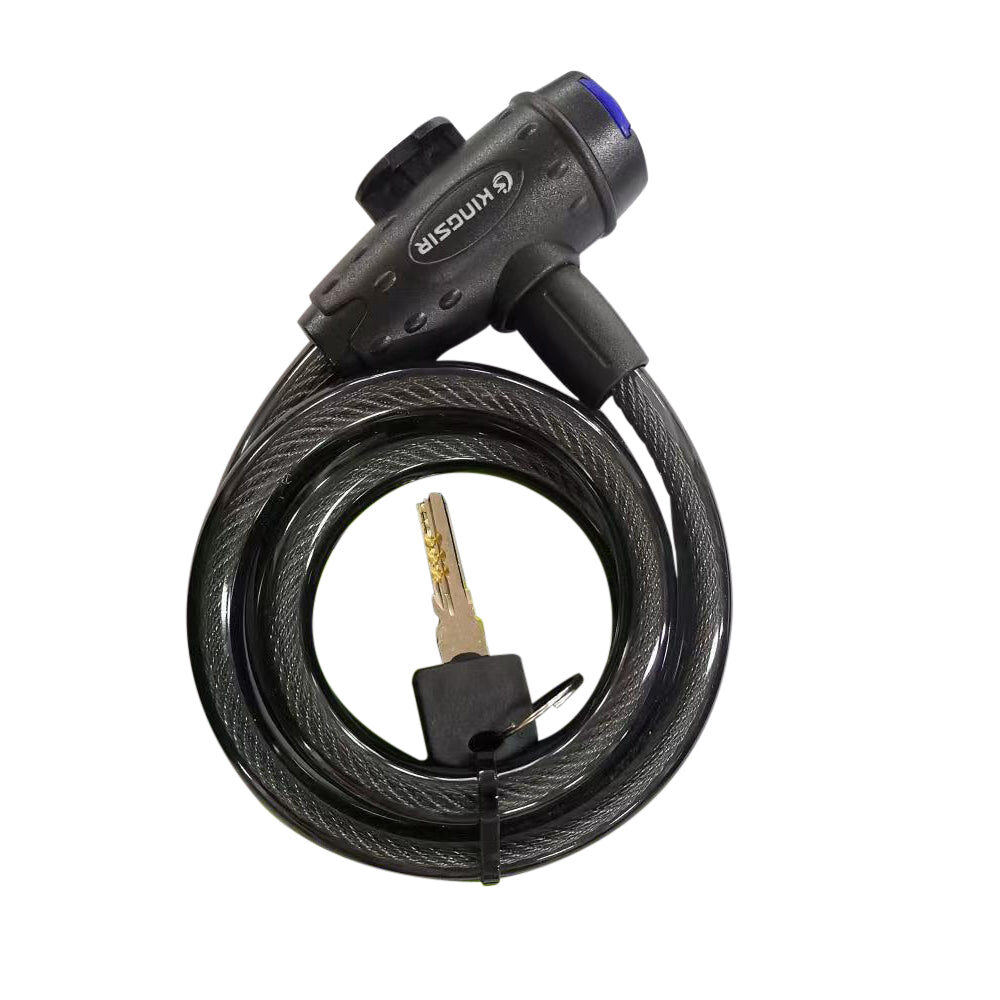
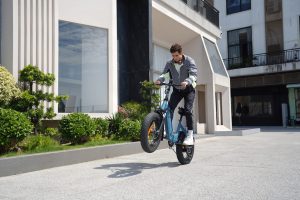
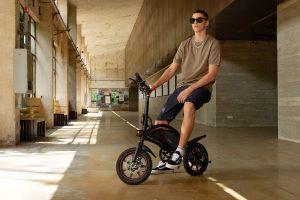
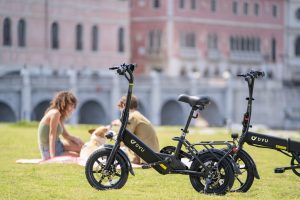
3 comments
Reginald
Effective, but the saddle got uncomfortable after long rides. Had to buy a padded seat separately.
Hilda
I started e-biking after a tough year, and it’s been life-changing. The freedom of riding actually helps me process stress better than talking.
Cedric
Used to think exercise couldn’t replace therapy, but e-biking changed my mind. The endorphins plus scenic routes? Unbeatable stress relief.